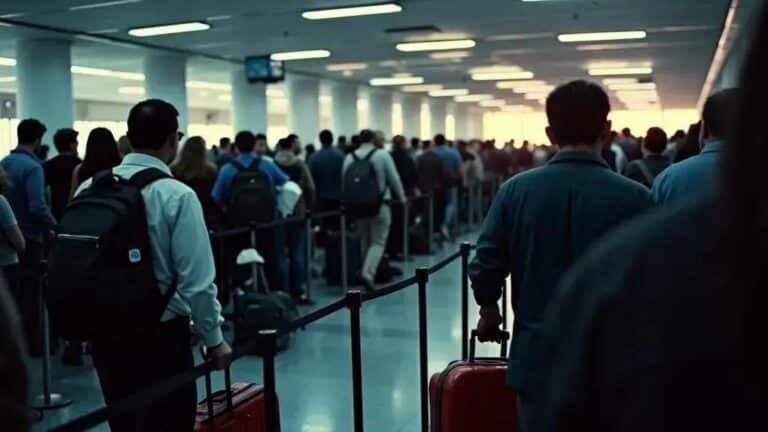Redistricting has hit a surprising roadblock in Indiana and Kansas as Republican lawmakers split over mid-decade map changes. What does this hesitation mean for control of the U.S. House in 2026? Read on to understand the stakes and the local dynamics at play.
Why Republicans are divided over mid-decade redistricting
Republicans often seek to draw district lines that favor their party. This process is known as redistricting. However, changing these maps mid-decade, outside the usual 10-year census cycle, causes internal disagreements. Some GOP members want to redraw maps now. They hope this will help them win more seats in the U.S. House of Representatives. This could secure or expand their control.
Other Republicans are not so sure about this strategy. They worry about the potential risks involved. Changing maps too often might lead to legal challenges. Courts could rule against new maps, wasting time and resources. There’s also a concern about voter backlash. People might view it as an unfair power grab. This could damage the party’s public image.
Some also believe it sets a bad example for the future. If they do it now, what stops the opposing party from doing the same later? This internal debate shows a clear split in strategy. It highlights different ideas on how best to gain political power. The focus remains on the upcoming 2026 elections and beyond.
The Indiana impasse: cautious GOP senators and internal resistance
In Indiana, the push for new congressional maps has hit a wall. Some Republican senators are quite cautious about making changes. They are hesitant to redraw district lines mid-decade. This means they don’t want to change the maps before the next official census in 2030. This caution creates an internal resistance within the party.
These senators worry about several things. They fear that new maps could face legal challenges. A court might rule against them, causing more problems. Also, they are concerned about how voters might react. Changing maps too often could make the public unhappy. It might look like a purely political move, not a fair one.
There’s also a feeling that the current maps are stable enough. Some believe that trying to gain a few more seats isn’t worth the risk. This internal disagreement shows a split in strategy. It highlights the different views on how to best secure political power for the GOP in Indiana. This makes the redistricting effort stall.
Kansas showdown: special session bids, signatures and suburban targets
Kansas is seeing a big fight over its voting maps. Some lawmakers want to call a special session. This means they want to meet outside the regular schedule. Their goal is to redraw congressional district lines. This move is part of a larger plan to gain more political power. It’s all about how districts are shaped for elections.
To get a special session, a certain number of signatures are needed. Lawmakers are working to gather these. They hope to force a vote on new maps. The main targets for these changes are often suburban areas. These areas have many voters and can swing elections. Changing their district lines can shift who wins a seat in Congress.
This push for new maps is causing a lot of debate. Some believe it’s a fair way to update districts. Others see it as a political trick to help one party. The outcome of this Kansas showdown could really impact future elections. It shows how important redistricting can be at the state level.
National stakes: how state maps could shift control of the U.S. House
The way voting districts are drawn in states like Indiana and Kansas has a huge impact. These state-level decisions can actually change who controls the U.S. House of Representatives. The House is where laws are made in Washington D.C. Often, the majority in the House is very close. Just a few seats can decide which party is in charge.
When states redraw their maps, it’s called redistricting. This process can create districts that strongly favor one party. These are often called ‘safe seats.’ Or, it can make districts more competitive. Even small changes in a state’s map can shift the balance. This means a party could gain or lose several seats across the country.
So, the debates happening now in states are not just local. They have national importance. The outcomes of these state map battles could directly affect the 2026 elections. They could determine which party holds the power in Congress. This is why both parties watch these state-level actions very closely.
Fonte: Fortune.com








